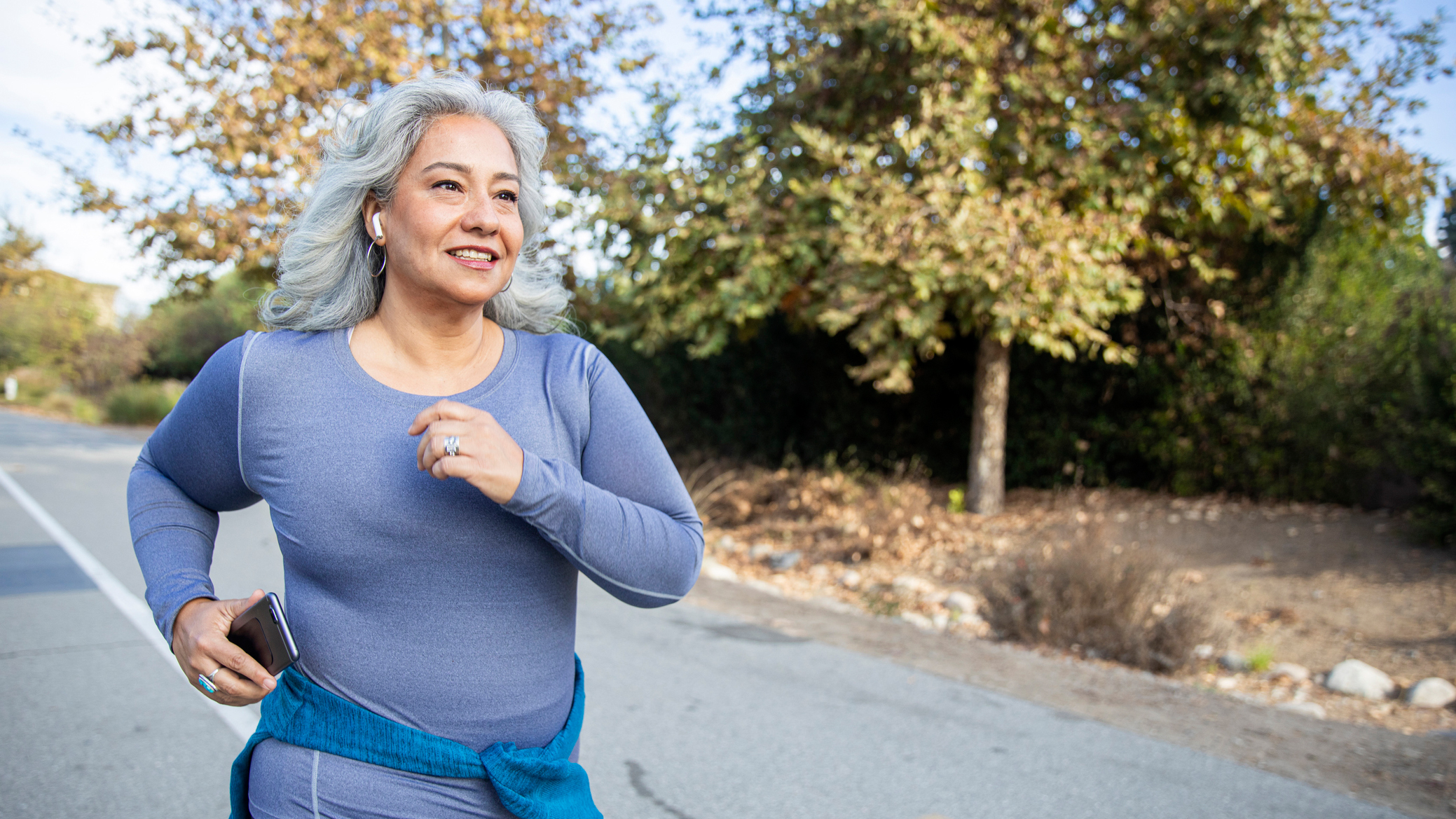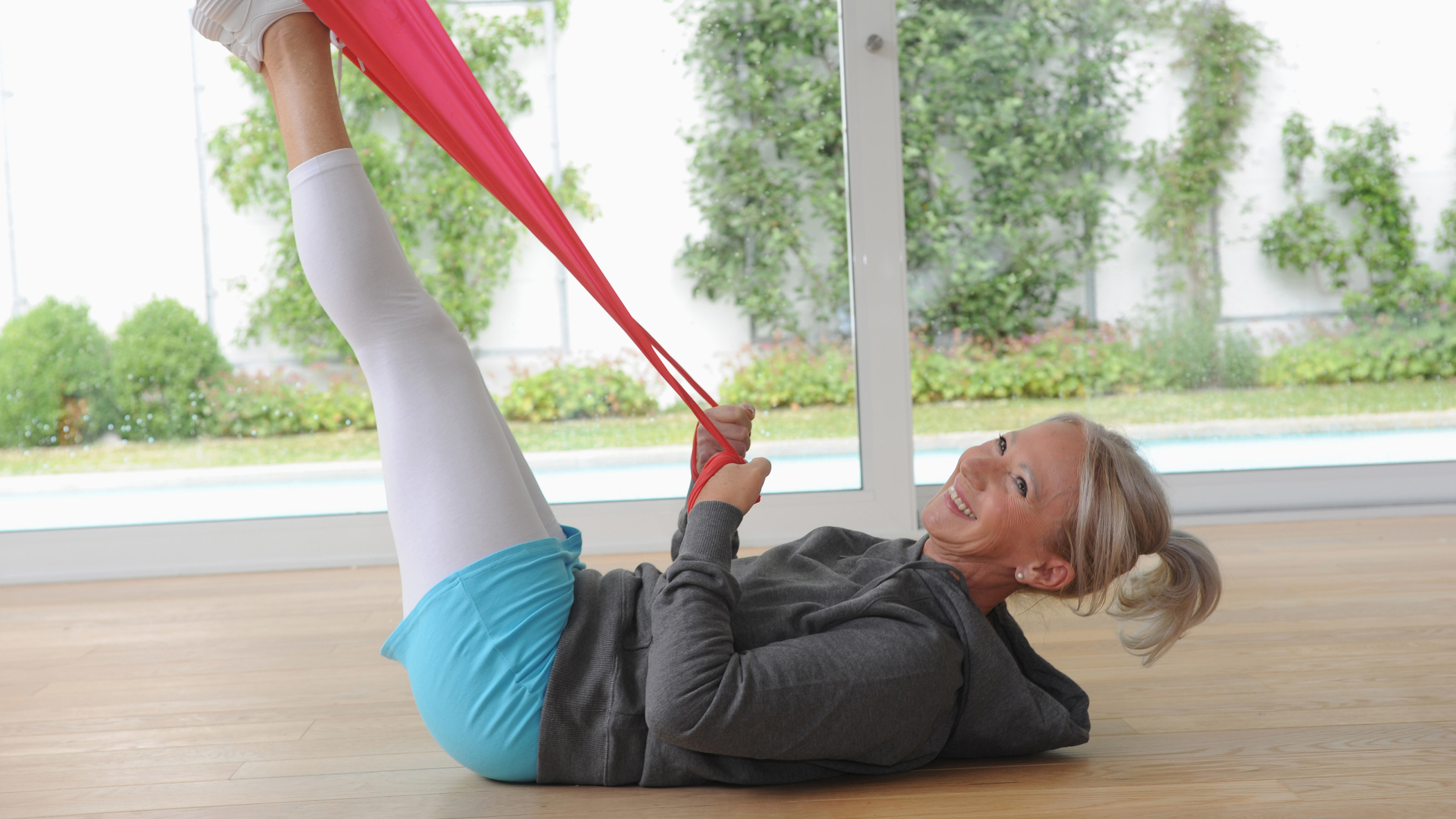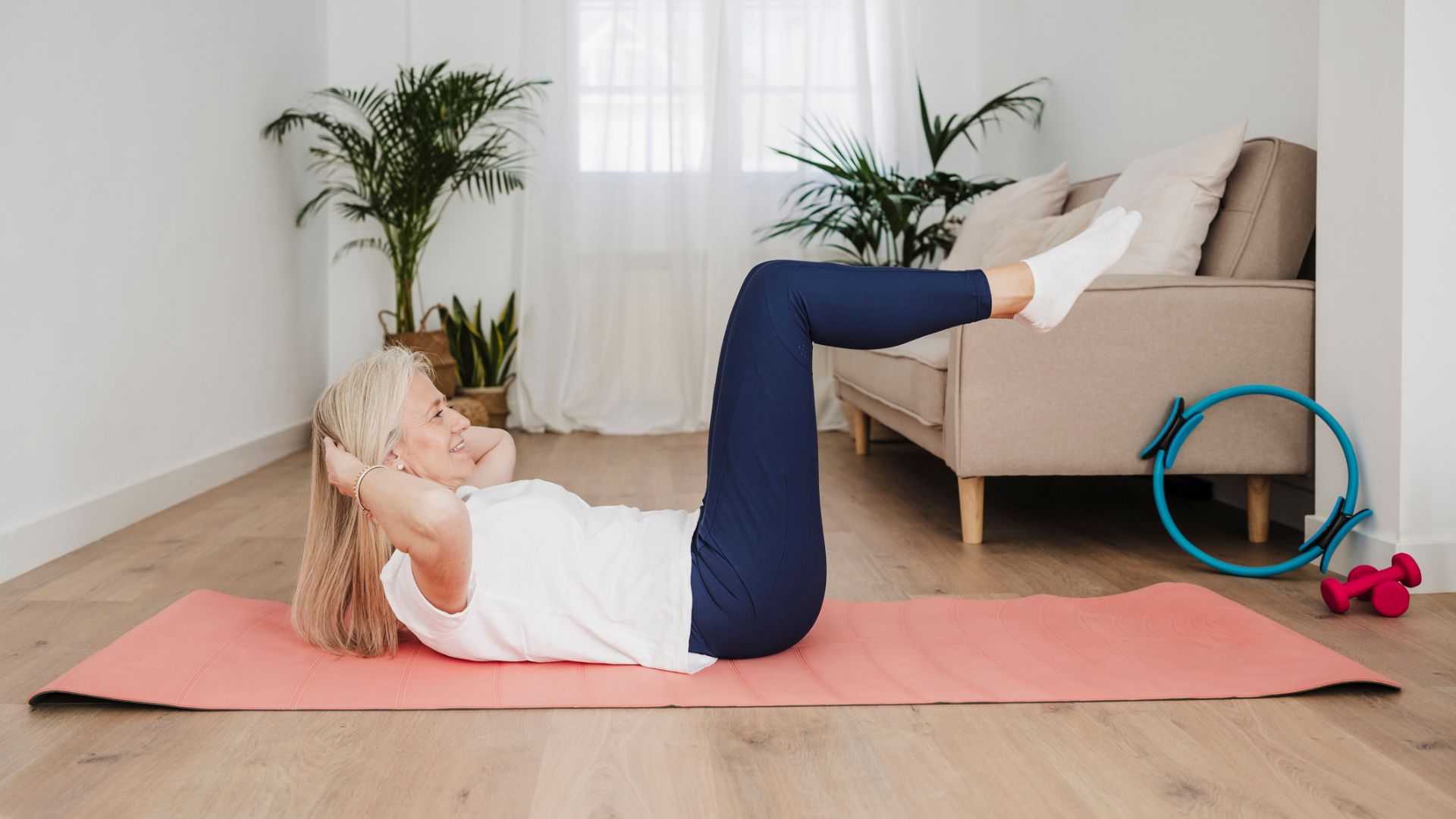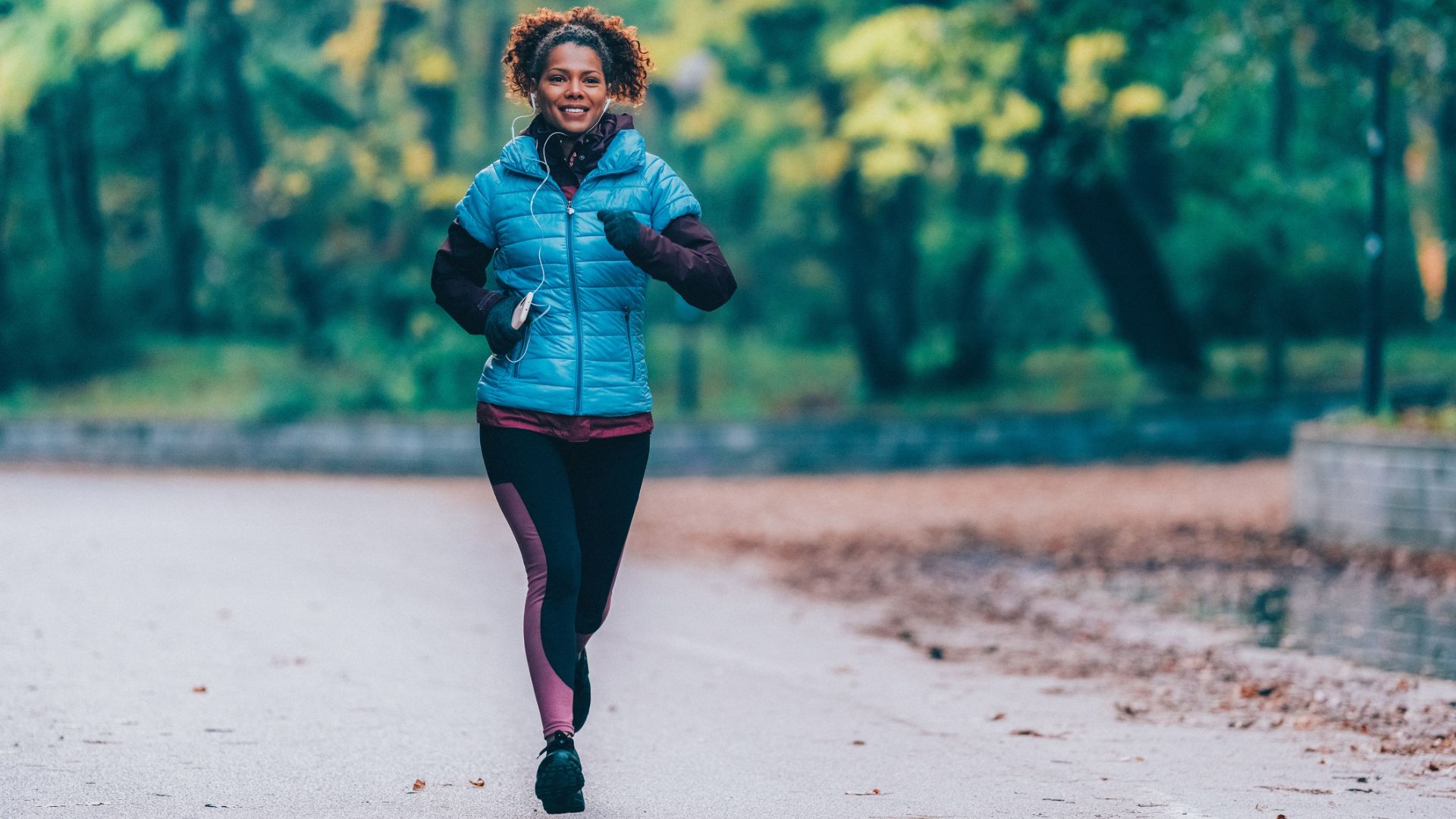Why exercise is so important for over-60s, according to new research
Take it easy in retirement? 60 is – or should be – the new 30, as older adults are "evolutionarily wired" to exercise


When you're young, you should be active, and when you're older, you should take it easy. Right? Wrong. It turns out when you're older, exercise is even more important than it is when you're young.
Whether you're over 60 and using the best resistance bands to build muscle and stay limber, or you're still out running or walking to keep your heart healthy, science has found our body is actually built to exercise well into its twilight years.
The research, published by Harvard University's evolutionary biologists and biomedical researchers, has found humans originally evolved to be physically active all their lives. Doing physical activity later in life shifts energy away from processes that can compromise health, such as degenerative diseases, heart disease and even some cancers, and towards processes that extend our lives.
Daniel E. Lieberman, the paper's lead author, said: "It's a widespread idea in Western societies that as we get older, it's normal to slow down, do less, and retire... Our message is the reverse: As we get older, it becomes even more important to stay physically active."

We've often highlighted the importance of staying active in later years. For starters, it prevents your muscles and bones weakening and degenerating as a result of muscular atrophy. Building muscle is vitally important: grip strength has long been held as a marker of good health in order adults, and core strength helps with day-to-day mobility.
We recommend workouts with resistance bands as a way to build muscle for older adults, as they're safer (and usually cheaper) than wielding heavy weights, and even more versatile. Regular, low-impact cardiovascular exercise, such as brisk walking or using an elliptical machine, can also ensure you stay active well into your twilight years.
Elliptical machines or cross trainers are excellent home fitness solutions for older adults. There's none of that bending over the bars of an exercise bike, and no high-impact running like you may expect from a treadmill or a run outdoors. The resistance can be adjusted, making it great for building muscle, and it's decidedly low-impact and thus great for weaker joints. Our best ellipticals guide can help you find out more.
Get the Fit&Well Newsletter
Start your week with achievable workout ideas, health tips and wellbeing advice in your inbox.
Matt Evans is an experienced health and fitness journalist and is currently Fitness and Wellbeing Editor at TechRadar, covering all things exercise and nutrition on Fit&Well's tech-focused sister site. Matt originally discovered exercise through martial arts: he holds a black belt in Karate and remains a keen runner, gym-goer, and infrequent yogi. His top fitness tip? Stretch.
-
 I'm a personal trainer and I've been using this routine to build functional core strength for over 20 years
I'm a personal trainer and I've been using this routine to build functional core strength for over 20 yearsBorrow this quick drill for your next core finisher
By Sam Rider
-
 These are the exercises that actually help shin splints, according to a kinesiologist
These are the exercises that actually help shin splints, according to a kinesiologistIf you run a lot you need to try these moves
By Maddy Biddulph